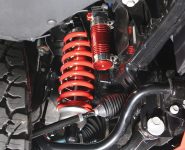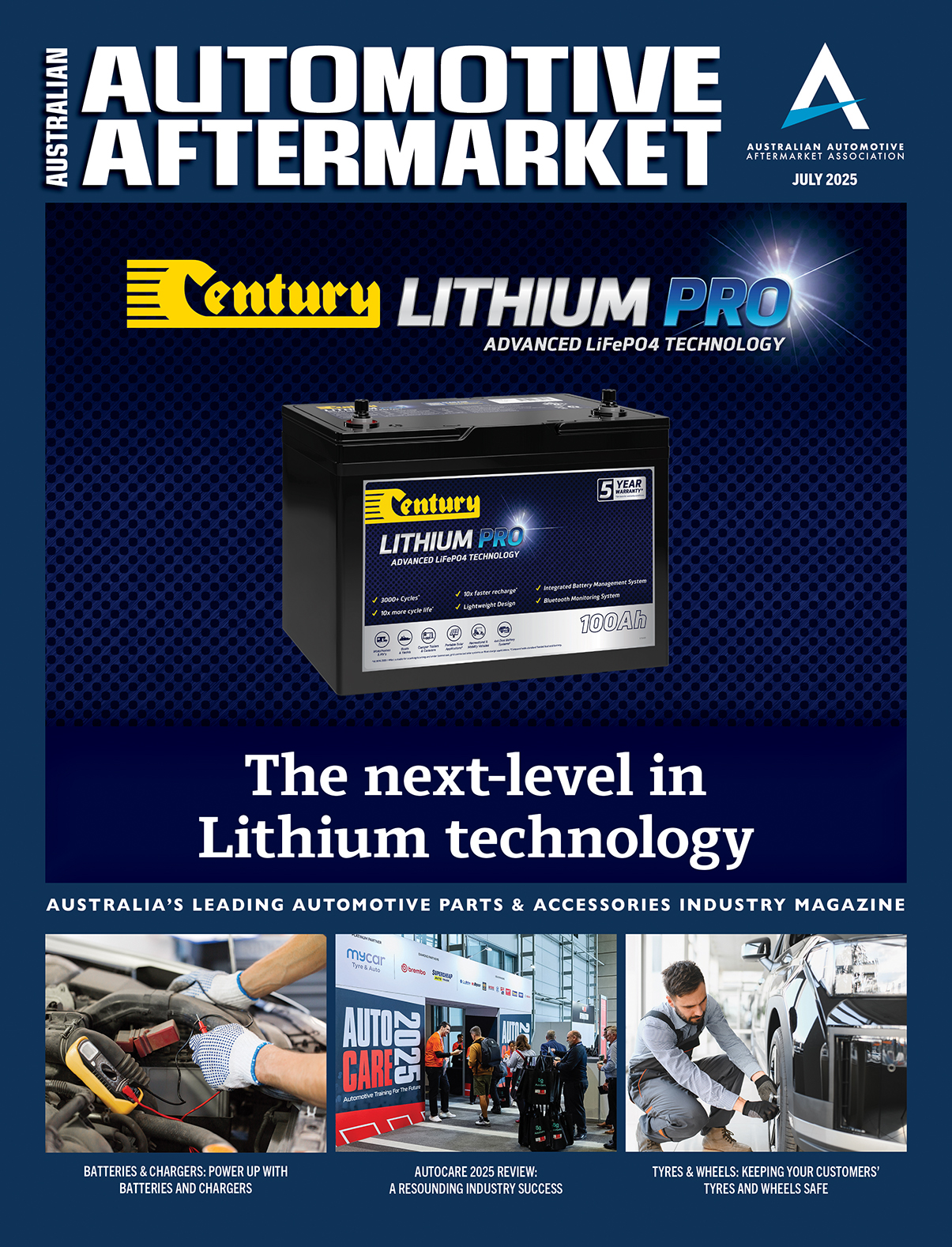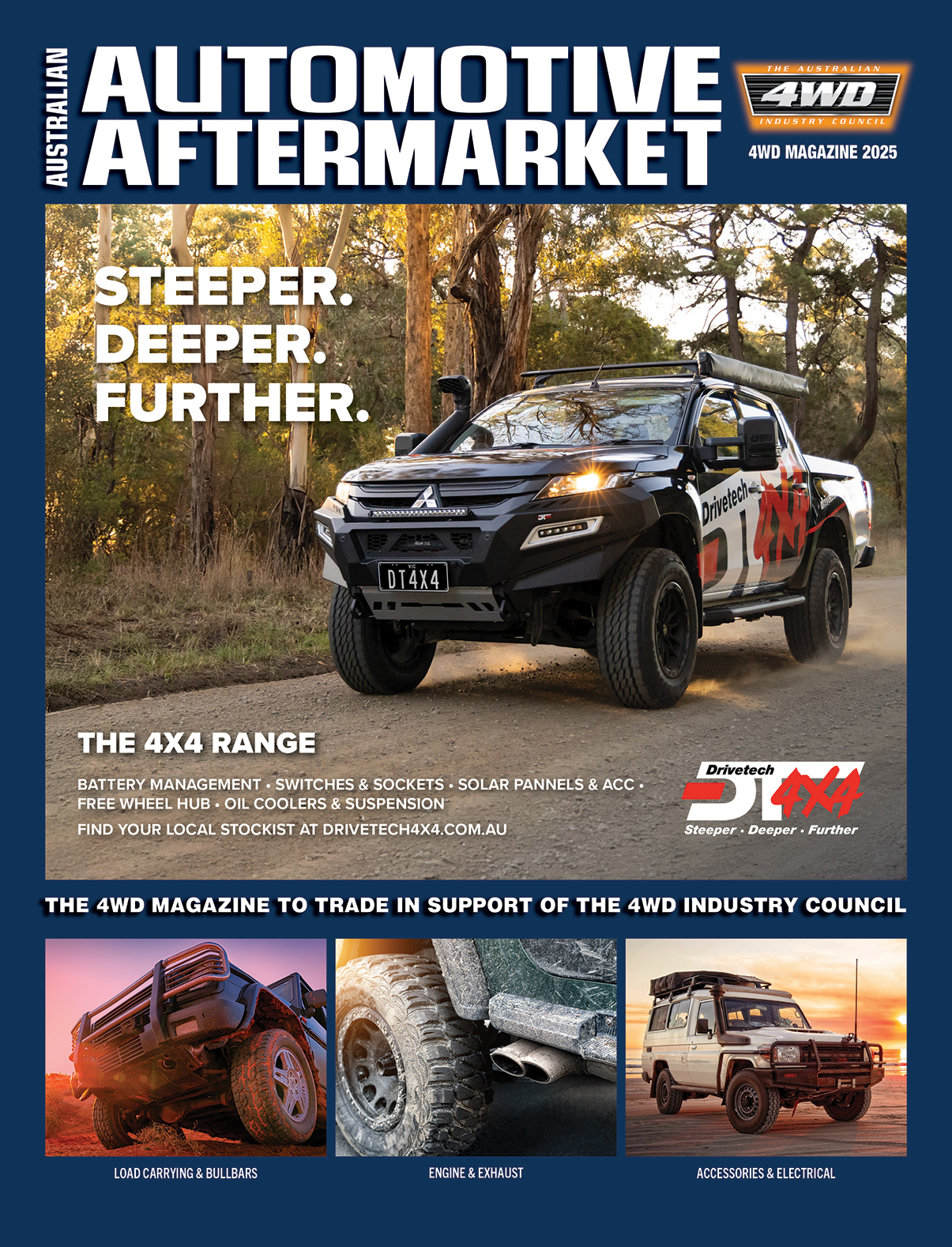ROBUST DEBATE NEEDED
There’s been much discussion since the Federal Government released its New Vehicle Emission Standards (NVES) paper

Basically, the NVES is a policy document which aims to encourage OEMs to introduce vehicles to Australia that are cleaner and more fuel-efficient.
The NVES sets an annual limit on tailpipe CO2 emissions per kilometer for new vehicles, which applies to an OEM as an entity instead of concentrating on individual cars. It doesn’t legislate against any particular high emissions models, but instead requires each OEM to measure its total emissions.
It also introduces a scheme where OEMs can trade ‘credits’ between each other to reach the legal emission target set by the policy.
Most countries in the world already have similar emissions policies in place and the NVES in Australia is scheduled to take effect from the 1st of January, 2025.
The Government claims the NVES will save consumers money at the petrol pump, give new car purchasers more choice of cars, and most importantly, that it will reduce transport emissions, and therefore improve the air we all breathe.
There has been much debate around how the NVES will affect the Australian car parc. Some claim it is long overdue and will stop Australia from becoming a ‘dumping ground’ for high emission, or ‘dirty’ vehicles. However, others argue this will come at a cost, with car manufacturers having to increase the prices they charge to cover the increased costs of producing more fuel-efficient cars.
The policy makes no apologies for promoting new technologies, such as EVs, as a means for OEMs to achieve the new emission targets. As a counter argument to the increased initial vehicle purchase price, the NVES strongly puts forward the view that EVs are cheaper to run.
It is this assumption that is of concern to the aftermarket. We believe the modelling on ‘cheaper to run’ is dubious at best, with the notion you would save $350 per year on service and maintenance highly concerning.
In fact, we simply don’t know enough about how EVs operate on Australian roads. We know we have harsher conditions and our roads are tough on vehicles, as is our extreme environment. How this impacts on the health of EVs is largely unknown because we don’t yet have the long-term data.
The entire public debate and discussion around EVs thus far is all about which vehicles are brought into Australia, the purchase price, the charging infrastructure, and the incentives for purchasing at point of sale. The NVES continues this narrative without the consideration of what EVs will do on our roads and how we, as the aftermarket, are an integral part of the full EV story.
We do know regular EV servicing requires superior assessment of the health of the battery, which includes monitoring of cooling systems and the battery management system. As such, you simply can’t compare the servicing of internal combustion engines with EVs.
Quite simply, you are not comparing like with like. EVs are subject to heat and friction and these forces result in deterioration. EVs have suspension, steering systems, filters and brakes, which are systems common to both ICE and EVs, but there are also systems in ICE that don’t occur in EVs and vice versa.
In addition, many EVs have much higher kerb weights when compared to their ICE counterparts, and we know this will have an adverse effect on the wear and tear of many components. There are also more ADAS systems in operation on most modern vehicles and more to come.
The point here is we have an increase in complexity of our car parc. Greater complexity requires higher skill, and more technologically intensive tools and equipment. And yet the new efficiency options paper just ignores all of these unknowns and assumes drastic reductions in service and maintenance costs.
Stating all EVs are cheaper to run is not a good investment in robust debate and a healthy future. It tells consumers they will save hundreds of dollars on vehicle maintenance when the data is not there to provide consumers with an educated and informed conclusion.
As an Association we are far from anti-EV. We understand EVs are coming. But we want a debate that is well informed and one which doesn’t mislead our customers because in the future, we are the ones who are going to be servicing EVs.
Generating a customer base that believes that EV won’t need to be driven into their local professional workshop for routine maintenance and repair is not good – it is not good for consumers, for road safety, or for future buyer decision-making.
We are asking the question that if we all agree as a community that EVs stack up as great for our environment – that they are a cleaner option and an investment in our future – then why is there a need to inflate the savings in repair and servicing?
There is a similar dubious assumption in the new NVES options paper about the cost of replacing the battery. We know battery technology will evolve, and costs will reduce over time, but the assumption it costs only $5000 to replace an EV battery doesn’t seem to pass the pub test.
This is a public policy discussion about the future of vehicles on our roads and the effect on our climate. It should be a well-informed and well-educated debate. It should also educate the thousands of future EV car owners that they need to continue to have a great relationship with their local professional automotive technician, hence keeping their car safe, protecting the car occupants, maintaining the optimal condition of the battery, and ensuring good tyres and fully functioning driver alerts.
As an industry we need to combine our voices to address the myth that EVs don’t need servicing. The independent automotive aftermarket is part of the solution, and we are part of that future. As an Association we plan to make sure our voice is heard by the policy makers, because this not only affects the safety of the nation’s car parc and Australian consumers, it is paramount for the ongoing prosperity of our industry.








